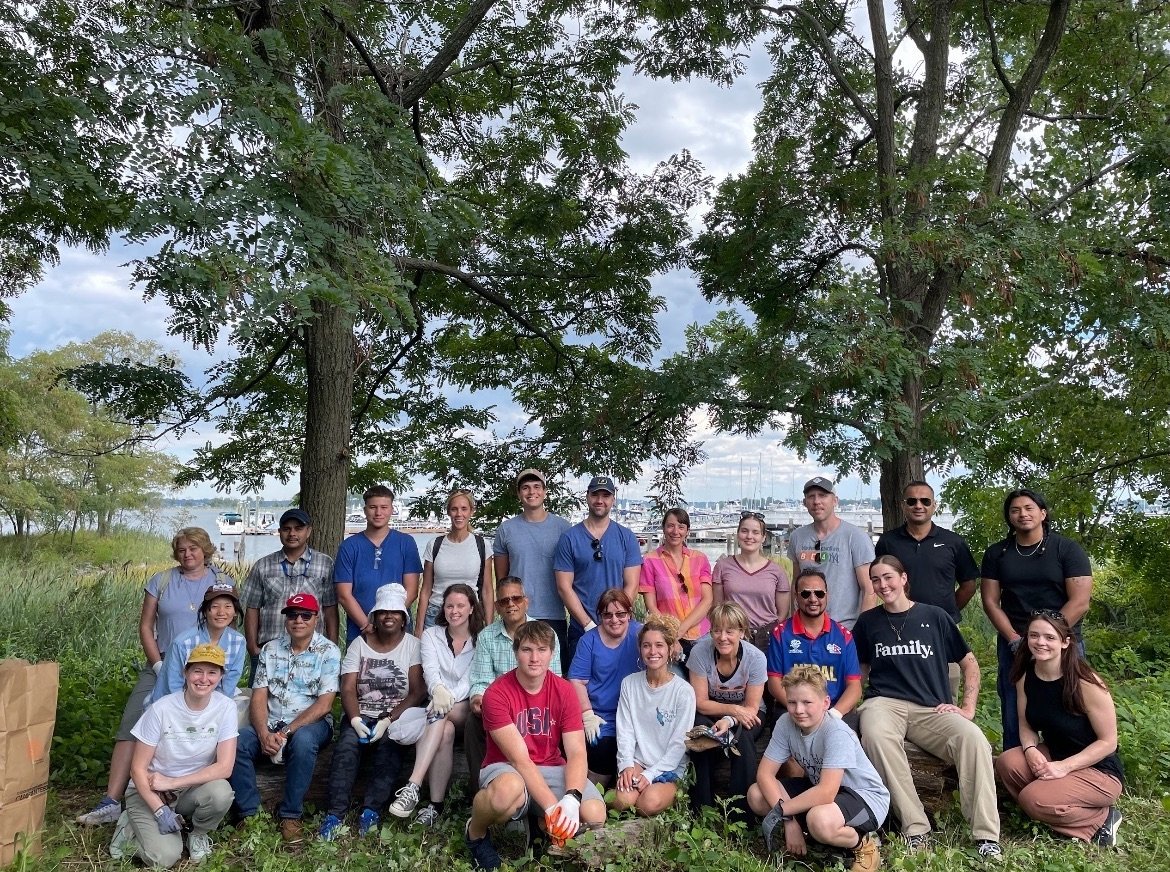
Restoring Reefs, Cultivating Community
Science-driven restoration, hands-on education, and community action for a thriving Long Island Sound
We founded CIOR in 2019 to restore City Island’s once-flourishing oyster reefs, clean our waters, protect our coastlines, and support the Long Island Sound estuary while educating and engaging our community.
Our work isn’t about harvesting oysters for consumption; it’s about bringing them back as nature’s engineers. Oyster reefs naturally filter water, buffer shorelines from erosion and storm surges, and provide habitat for more than a hundred species. By rebuilding these reefs, we’re not only restoring a keystone species but revitalizing an entire ecosystem as well.
This volunteer-driven effort weaves together marine research, education for all ages, citizen science, and a strong sense of community.
10+ SCHOOLS
ENGAGED THROUGH RESTORATION AND
EDUCATION INITIATIVES
150+ Surveys
WITH VOLUNTEERS TO GATHER DATA ON THE LOCAL ENVIRONMENT
19,000+ HOURS
OF VOLUNTEER WORK
51+
SPECIES
RECORDED IN THE WATERS AROUND CITY ISLAND
47,770 POUNDS
OF RECYCLED SHELL FROM
CITY ISLAND RESTAURANTS
Why Oysters?
-

Water Quality
Oysters help clean our waters! One adult oyster can filter up to 50 gallons of water a day!
-

Coastal Protection
Oyster reefs reduce wave energy, protecting our coastlines from erosion. Unlike artificial breakwaters, oyster reefs continue to grow and adapt as sea levels rise!
-

Habitat
Oysters are a keystone species. Oyster reefs are the coral reefs of the northeast. They create habitat for 100+ species in Long Island Sound.
See how we make a difference
-
Restoration & Research
-

Educational Programs
-

The Living Shoreline
-

Shell Recycling
-

Community Outreach
-
Data Sharing & Collaboration


